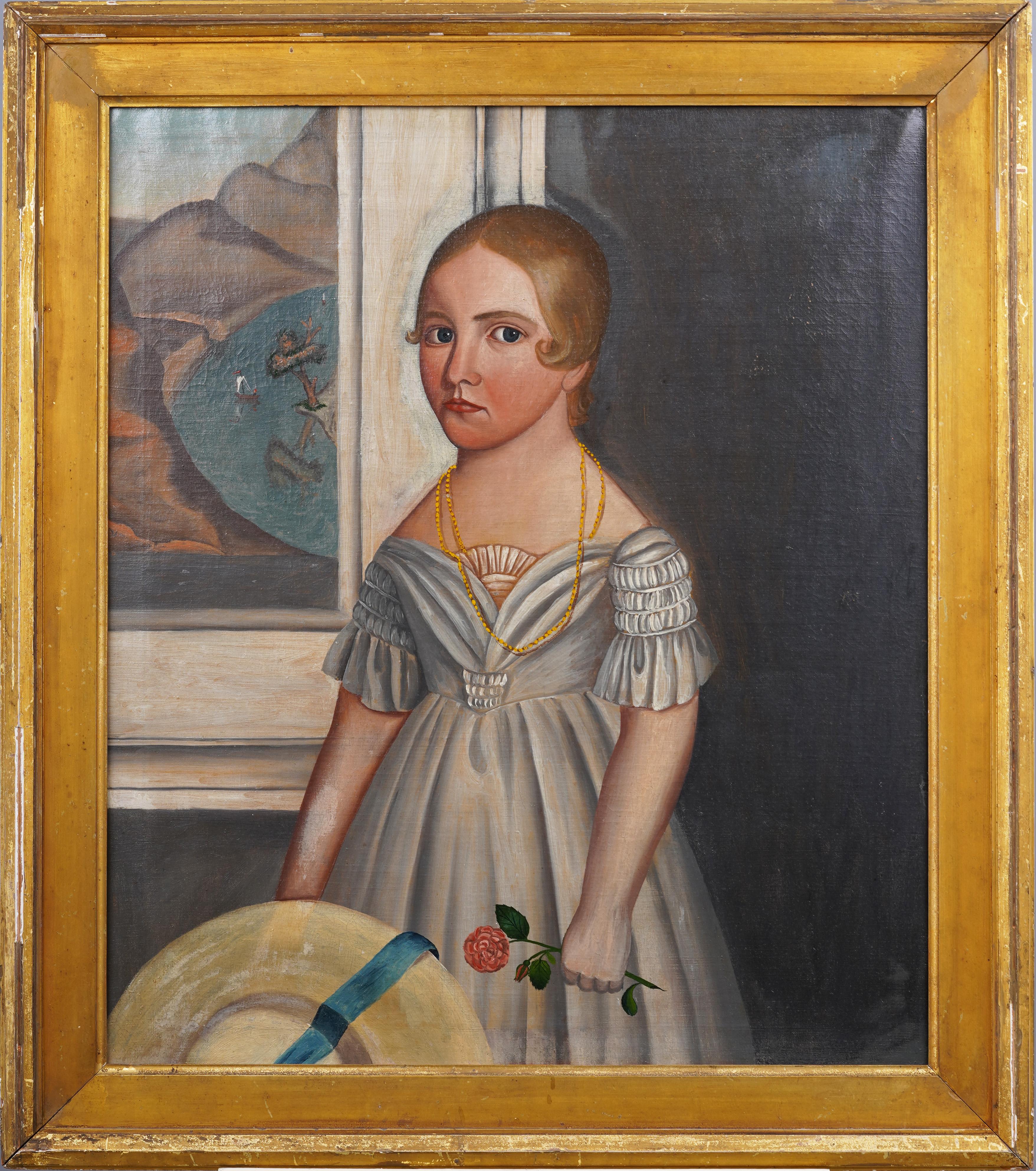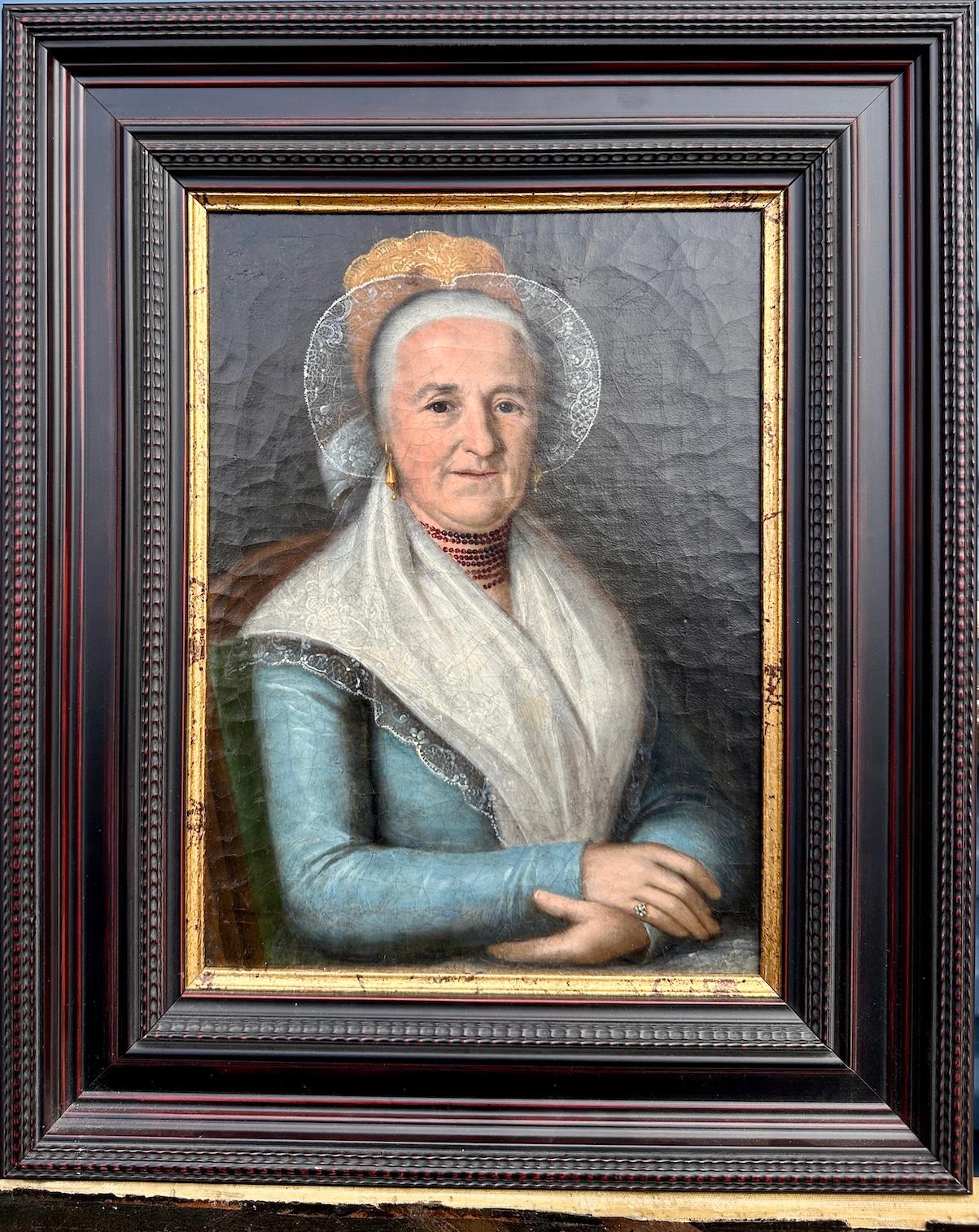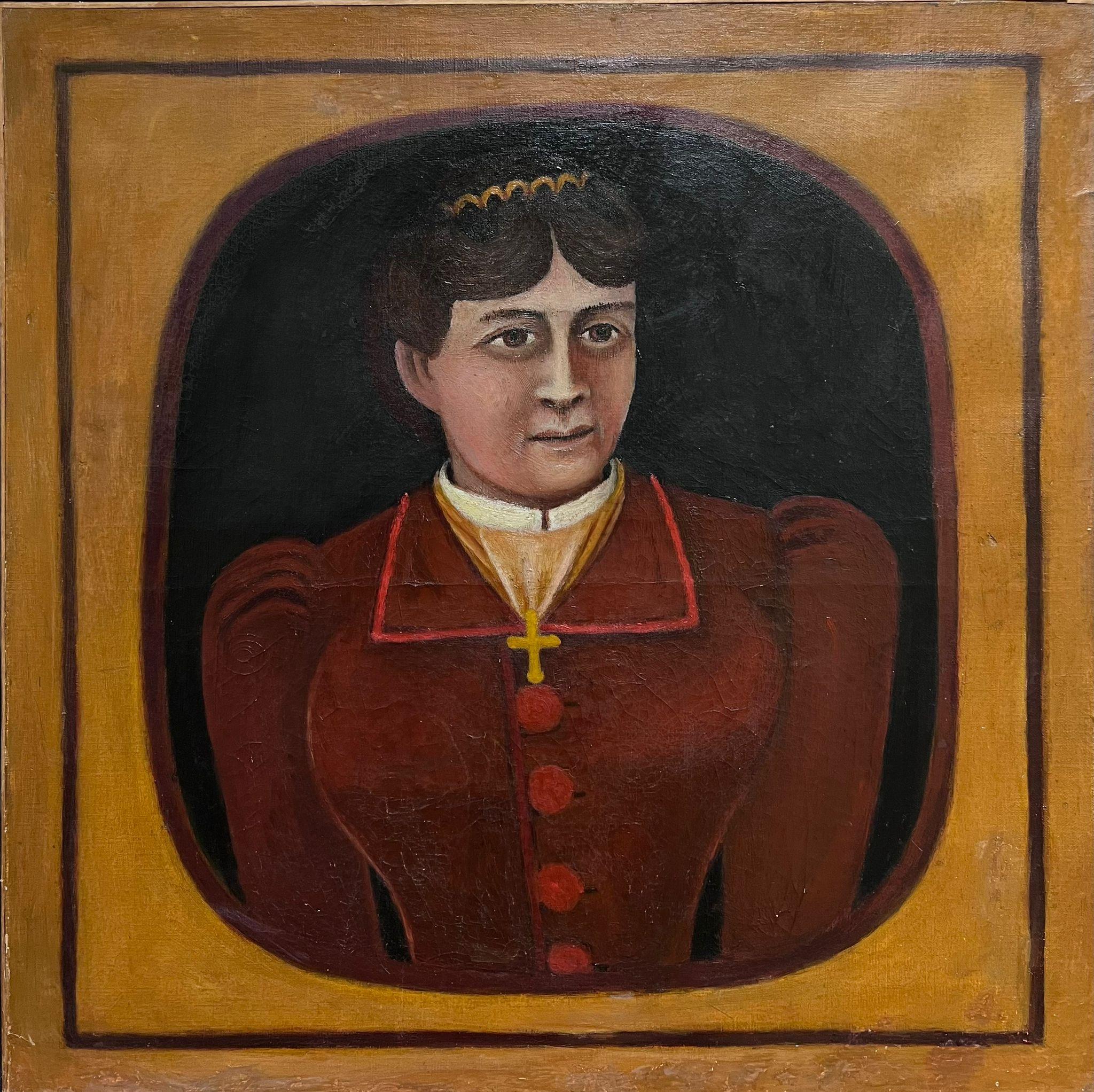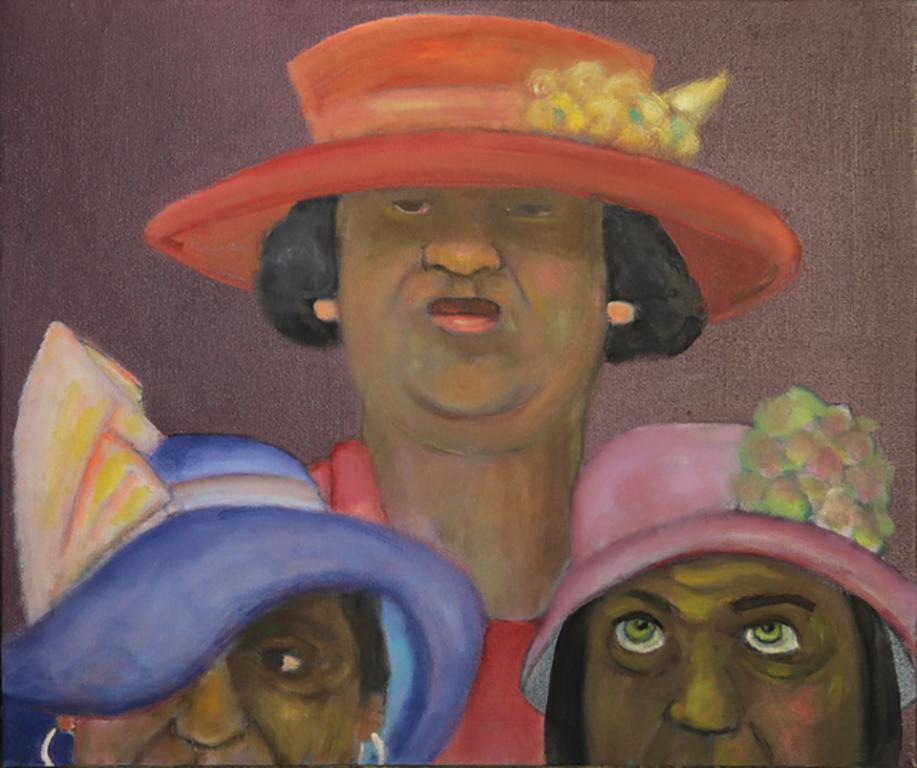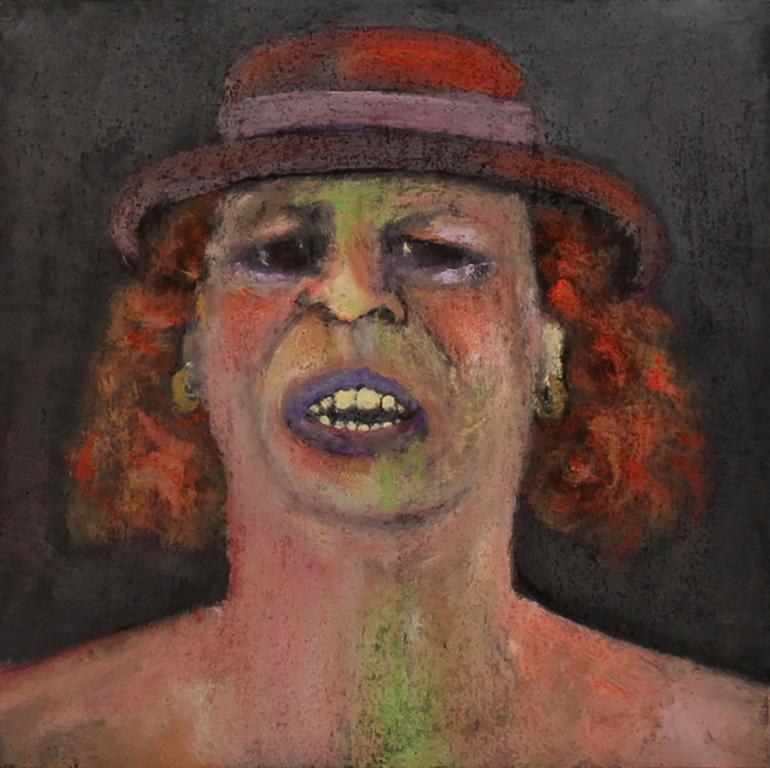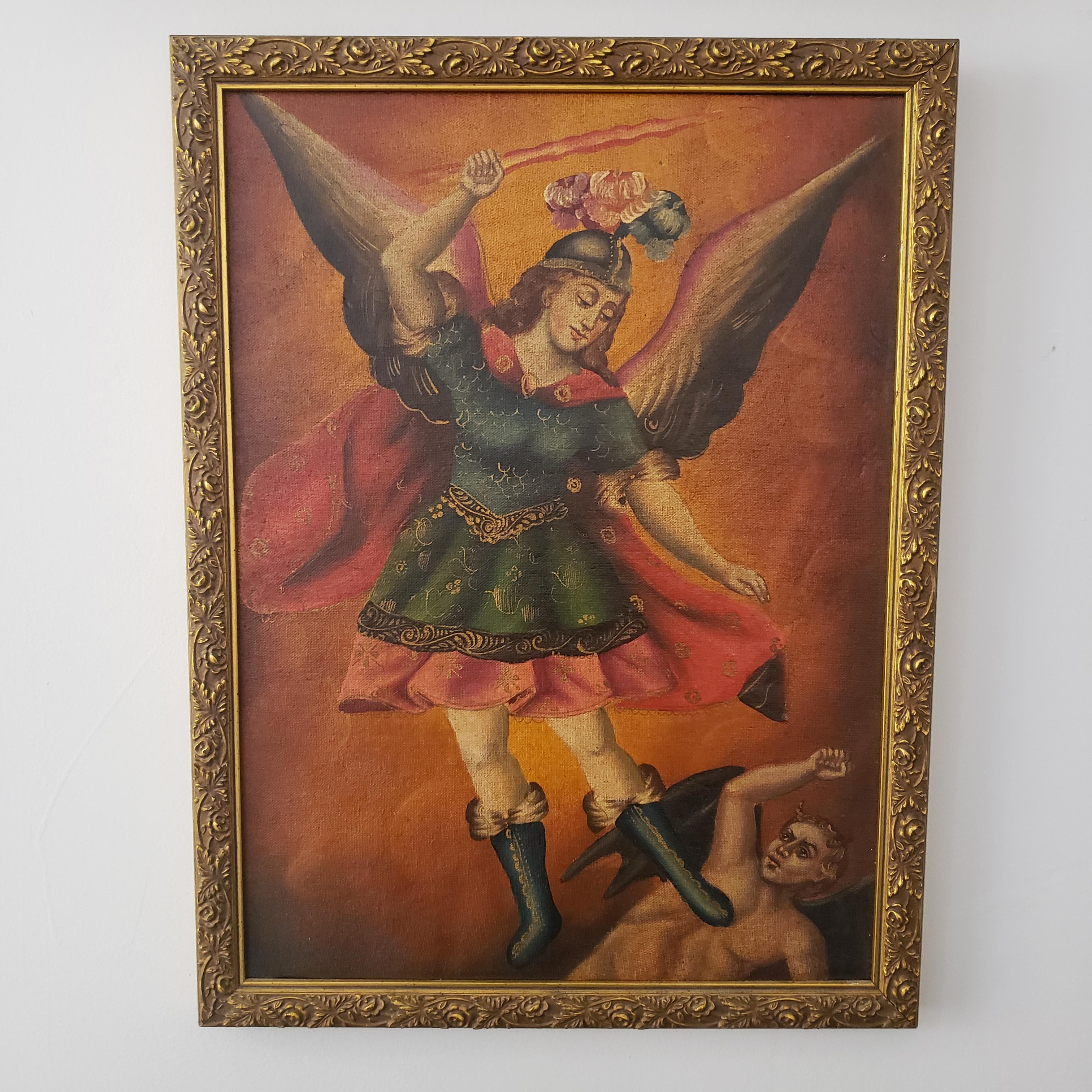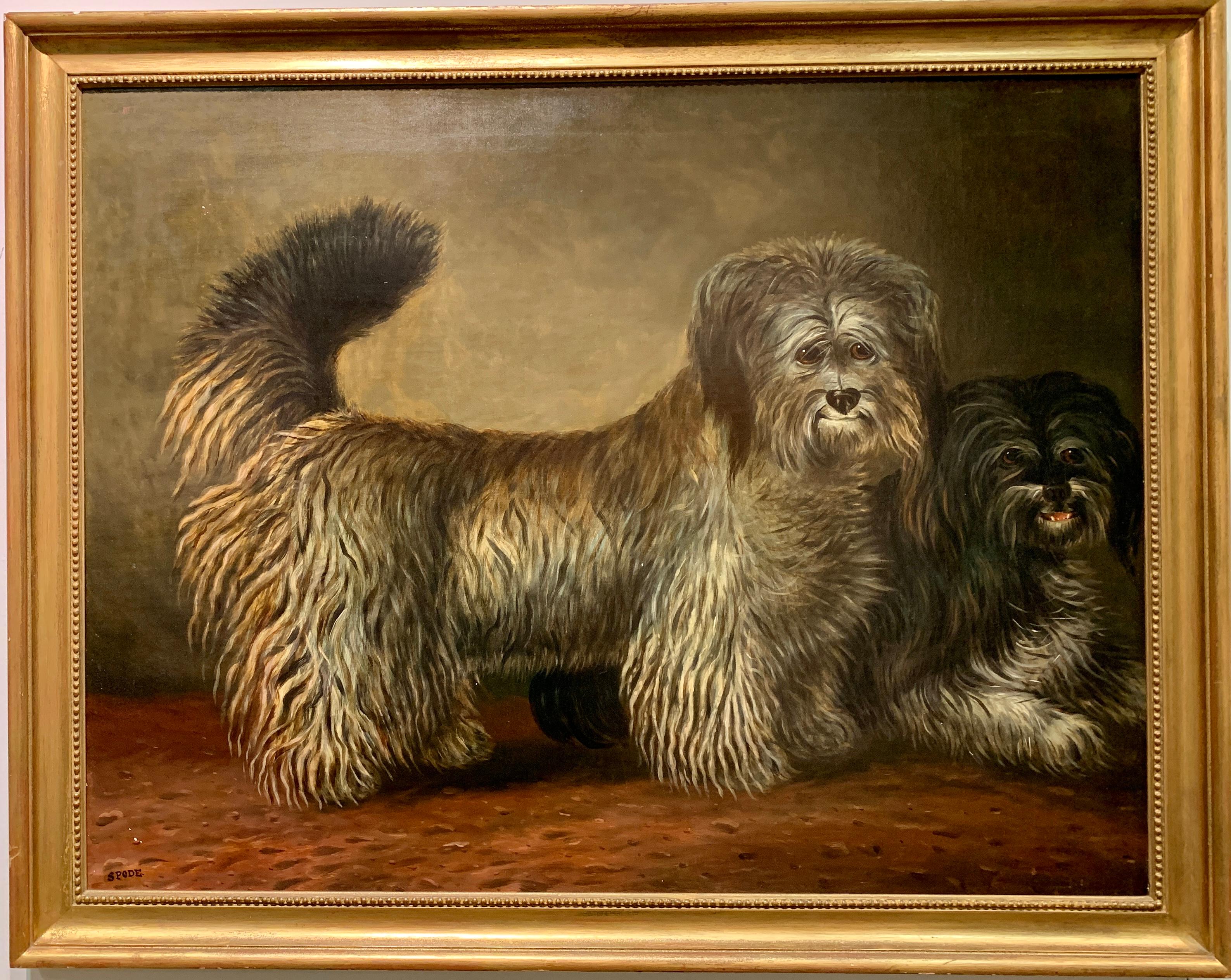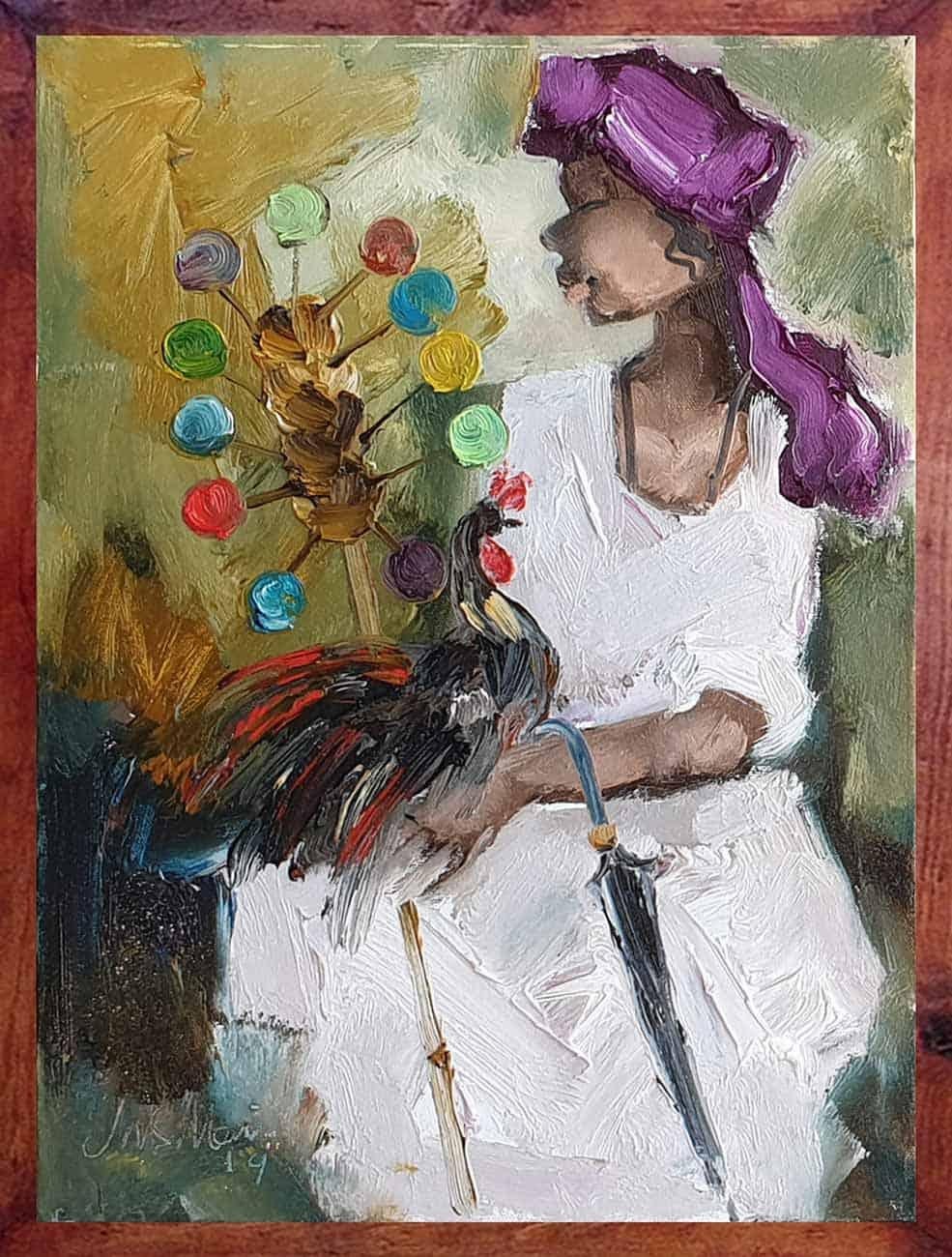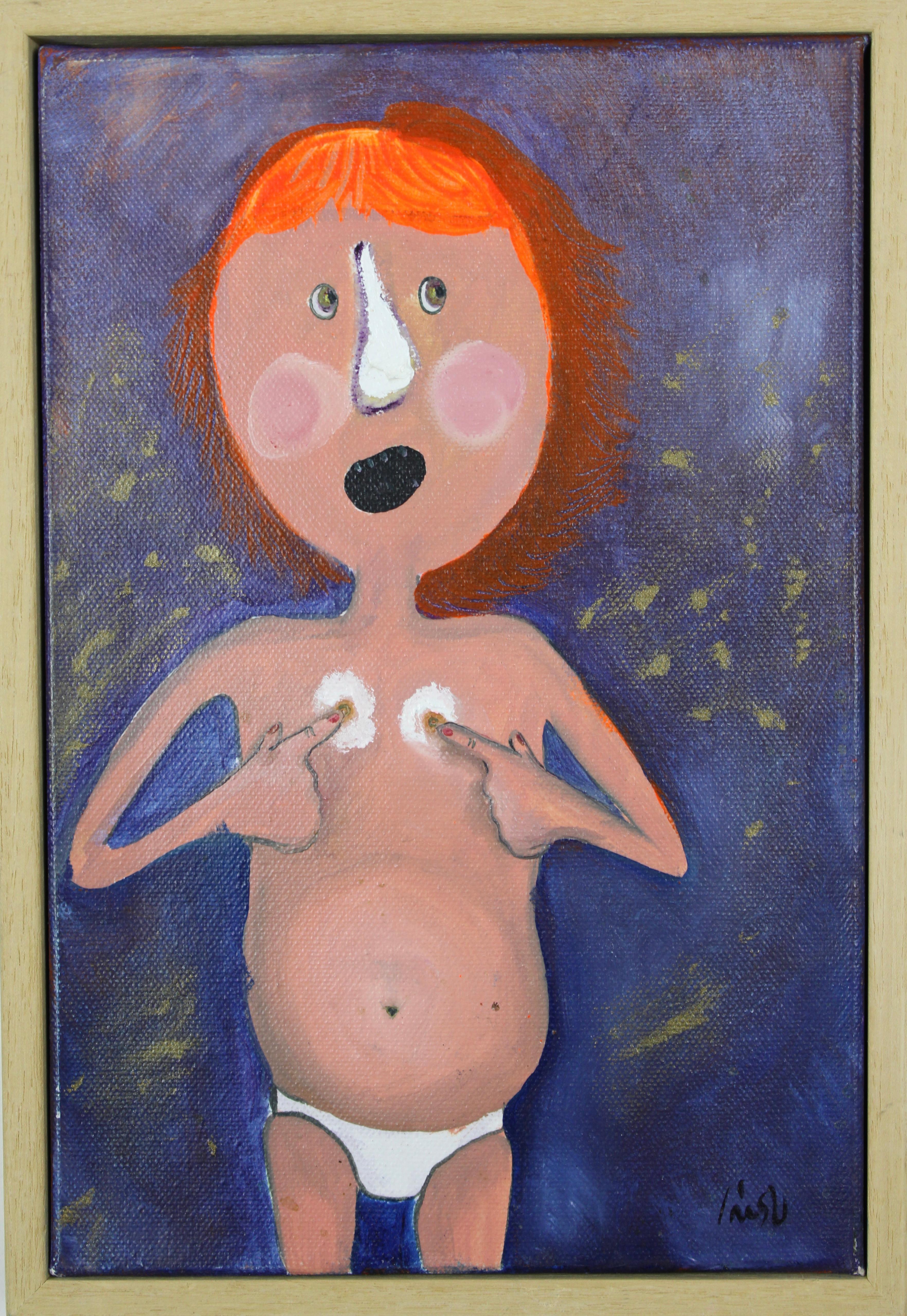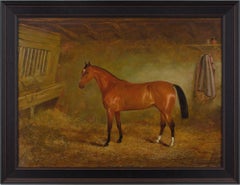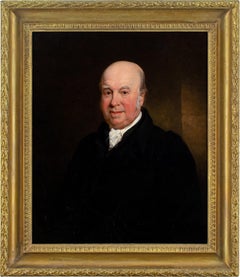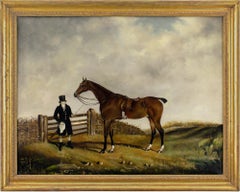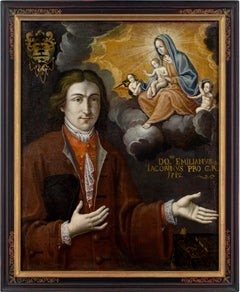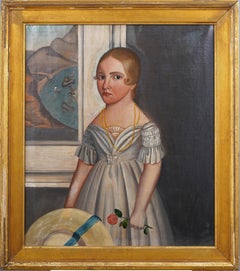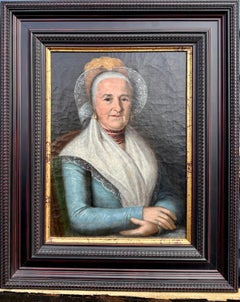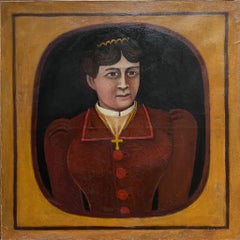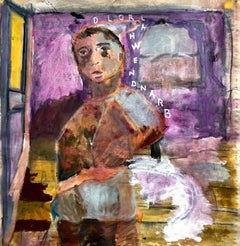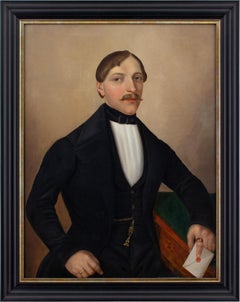
Anton Benno Zottmayr, Portrait Of A Gentleman With A Letter
View Similar Items
Video Loading
Want more images or videos?
Request additional images or videos from the seller
1 of 14
Anton Benno ZottmayrAnton Benno Zottmayr, Portrait Of A Gentleman With A Letterc. 1850
c. 1850
Price:$2,194.87
$2,438.74List Price
About the Item
- Creator:Anton Benno Zottmayr (1795 - 1865, German)
- Creation Year:c. 1850
- Dimensions:Height: 38.5 in (97.79 cm)Width: 30.5 in (77.47 cm)
- Medium:
- Movement & Style:
- Period:
- Condition:Canvas relined. Later stretcher. Areas of fine and settled craquelure, as you would expect. The paint layer is stable. Frame in excellent condition.
- Gallery Location:Cheltenham, GB
- Reference Number:1stDibs: LU2328215779212
About the Seller
5.0
Platinum Seller
Premium sellers with a 4.7+ rating and 24-hour response times
Established in 2017
1stDibs seller since 2023
242 sales on 1stDibs
Typical response time: 1 hour
Authenticity Guarantee
In the unlikely event there’s an issue with an item’s authenticity, contact us within 1 year for a full refund. DetailsMoney-Back Guarantee
If your item is not as described, is damaged in transit, or does not arrive, contact us within 7 days for a full refund. Details24-Hour Cancellation
You have a 24-hour grace period in which to reconsider your purchase, with no questions asked.Vetted Professional Sellers
Our world-class sellers must adhere to strict standards for service and quality, maintaining the integrity of our listings.Price-Match Guarantee
If you find that a seller listed the same item for a lower price elsewhere, we’ll match it.Trusted Global Delivery
Our best-in-class carrier network provides specialized shipping options worldwide, including custom delivery.More From This Seller
View All19th-Century English School, Portrait Of A Bay Horse, Antique Oil Painting
Located in Cheltenham, GB
This charming mid-19th-century English school oil painting depicts a bay horse in a stable.
The British aristocracy has always had a passion for equestrian activities, and during th...
Category
Mid-19th Century Victorian Animal Paintings
Materials
Oil, Canvas
Early 19th-Century English School Portrait Of Samuel Jones Of Skeyton, Norfolk
Located in Cheltenham, GB
This fine early 19th-century English oil painting depicts Samuel Jones of Skeyton, Norfolk, smartly attired in a black coat with white cravat. The portrait was previously in the coll...
Category
1830s Portrait Paintings
Materials
Oil, Canvas
W.S. Cooper, A Bay Hunter & Groom In A Landscape
Located in Cheltenham, GB
This early 19th-century oil painting by English artist W.S. Cooper (act. 1832-1834) depicts a bay hunter and groom in a landscape with a hunt beyond.
Once hanging in a proud English...
Category
1830s Victorian Animal Paintings
Materials
Oil, Canvas
Early-18th Century French School, Ex-Voto Portrait With Emilian Jacobin
Located in Cheltenham, GB
This splendid early 18th-century French oil painting represents an ‘ex-voto’ with Emilian Jacobin and a depiction of the Virgin Mary with Christ and angels.
Ex votos are votive offe...
Category
1710s French School Portrait Paintings
Materials
Oil, Canvas
Late 19th-Century French School, Head Study
Located in Cheltenham, GB
This enchanting late 19th-century French oil painting depicts the head of a bearded man.
Rendered with an abundance of consideration and feeling, the introspection of the figure po...
Category
1890s French School Portrait Paintings
Materials
Canvas, Oil
Maria Verelst (Circle), Portrait Of Miss Richards
By Maria Verelst
Located in Cheltenham, GB
This charming early 18th-century three-quarter length portrait depicts a lady wearing a decolleté blue velvet dress with a slit in the bodice. Red fabric is draped around her, and sh...
Category
1720s Portrait Paintings
Materials
Oil, Canvas
You May Also Like
Important Antique American School Folk Art Young Girl Portrait Oil Painting
Located in Buffalo, NY
Very rare and well painted mid 1800s folk art portrait. Incredible frame. Oil on canvas. Image size, 24 by 28 inches.
Category
Mid-19th Century Folk Art Portrait Paintings
Materials
Canvas, Oil
$4,600 Sale Price
20% Off
19th century American Folk Art of a Seated Lady in her Sunday best clothes
Located in Woodbury, CT
Unknown Artist (American School, 19th century)
Portrait of a Lady in Blue, c. 1835–1850
Oil on canvas
This painting is unsigned
This quietly elegant portrait captures a mature woman...
Category
1850s Folk Art Portrait Paintings
Materials
Canvas, Oil
19th Century French Naive Portrait of Lady Large Oil Painting on Canvas
By Henri Rousseau
Located in Cirencester, Gloucestershire
Portrait of a Lady
French School, 19th century
circle of Henri Rousseau, French 1844 - 1910
oil on canvas, unframed
canvas: 24 x 23.5 inches
provenance: private collection, France
co...
Category
19th Century Folk Art Figurative Paintings
Materials
Oil, Canvas
Brand New Harold, colorful abstract figure and text
By C. Dimitri
Located in Brooklyn, NY
Portrait, figure, narrative, interior. Oil on canvas.
Category
2010s Outsider Art Portrait Paintings
Materials
Canvas, Oil
Crown Jewels, colorful, figurative, outsider, narrative, three women, hats
By Stephen Basso
Located in Brooklyn, NY
Oil n canvas
Stephen Basso's highly original pastels and oil paintings are romantic, yet thought provoking fantasies. His whimsical works are alive with boundless imagination, wr...
Category
2010s Outsider Art Portrait Paintings
Materials
Oil, Canvas
purple hat, social observation, portrait of woman with red hat,
By Stephen Basso
Located in Brooklyn, NY
*ABOUT Stephen Basso
Stephen Basso's highly original pastels and oil paintings are romantic, yet thought provoking fantasies. His whimsical works are alive with boundless imagina...
Category
2010s Outsider Art Portrait Paintings
Materials
Canvas, Oil
Recently Viewed
View AllMore Ways To Browse
Antique Hand Paint Portrait
Wax Seal Framed
Antique Portrait Miniature
Lawyer Art
Old Money
German Portraits 19th Century
Altered Portrait
19th Century German Painting Portrait
Wax Seal Antique
Oil Painting Portrait Folk Art
19th Century Portrait Gentleman
Antique White Shirt
Antique Folk Art Portrait Painting
Antique Black Sideboard
Religious Chest
Antique Wax Portrait
Walnut Gentlemans Chest
Biedermeier Portrait
